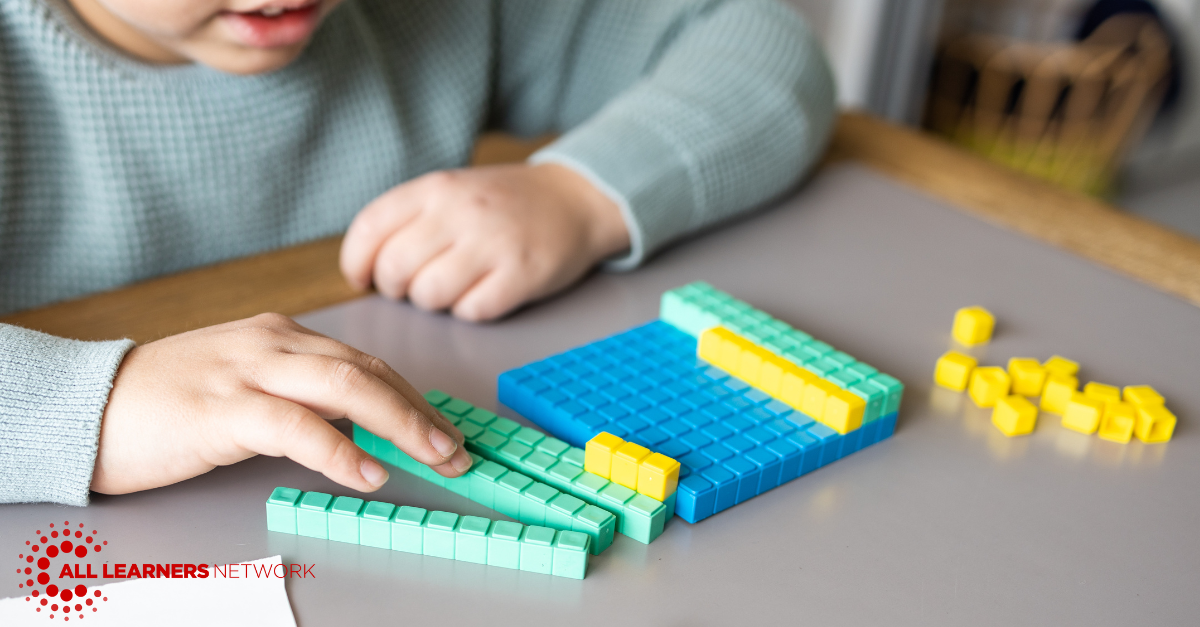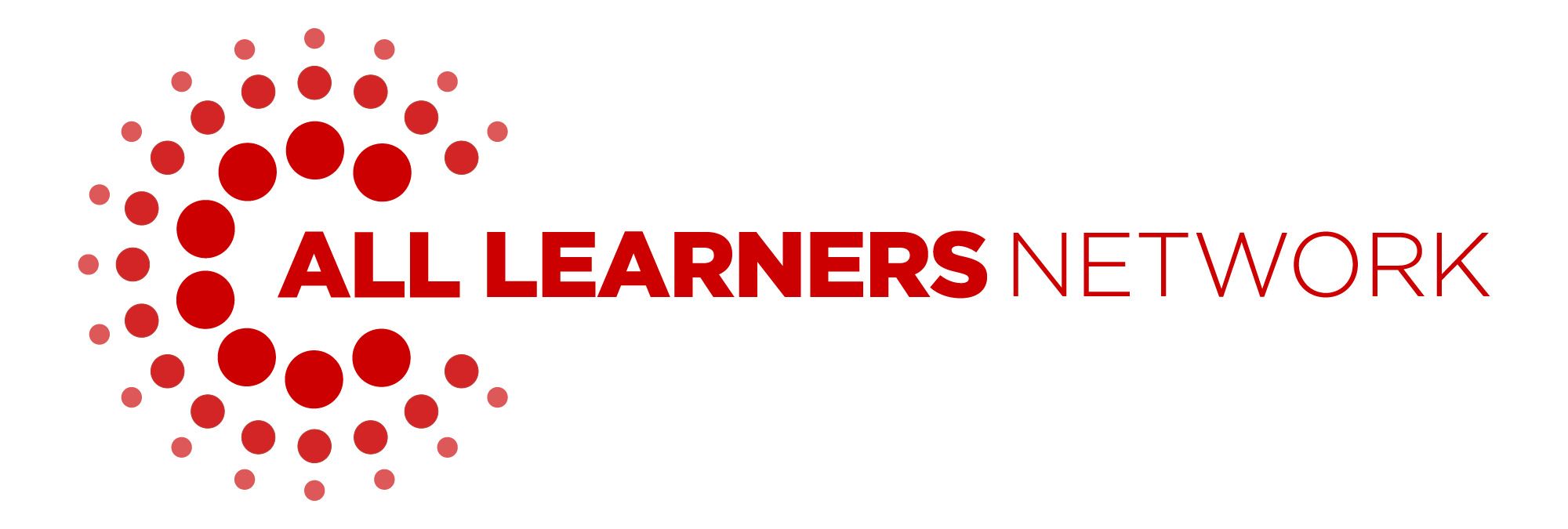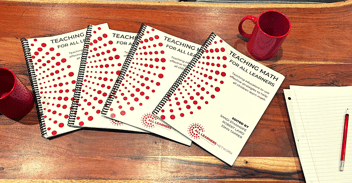
The Role of Models in Conceptual Math Understanding
Published: May 3, 2024
How do students develop conceptual math understanding? We know that conceptual math understanding is built from using and making connections between multiple models. We also know that the models cannot happen by chance or accidentally. As educators, we need to help our students incorporate their own models of understanding into their mathematical thinking.
Students need tools to think with–they first need concrete materials they can manipulate as they think about concepts, especially when they are introduced to new concepts. These tools help students build understanding and strategies for solving problems. Models are tools you think with. They stand in for complex ideas. There are three types of models: concrete, representational, and abstract. This is often referred to as CRA.
Concrete models are physical objects and manipulatives that are used to represent a problem situation or a concept, such as fingers, counters, cubes, base 10 blocks, pattern blocks, 10 frames, and fraction bars. Students are able to manipulate the materials directly as they solve a problem. With this type of model, students gain hands-on experience with the math concept or skill.
Representational models allow students to transform the concrete model into a representation. This might involve drawing pictures, using tally marks, or jumping on an open number line. Students draw pictures that represent these concrete objects that were previously used.
Abstract models are symbolic notations and operations. The student models the mathematical concepts using only numbers, notations, and mathematical symbols. Students use operation symbols to indicate addition, subtraction, multiplication, and division.
Students need plenty of time working with all three types of models and explicit instruction connecting similarities and differences between them, to develop solid conceptual understanding. Although we know that students’ progress through these multiple models is not linear, in our instruction, we believe that students deserve more time with concrete models while they build understanding of big mathematical ideas. They can work with representations and symbols alongside the concrete models. We can make intentional connections between each type to help students along the way. As a student shares thinking about how they subtracted using base 10 blocks, the teacher can model representing that with a drawing. Or, as a student shares a drawing of equal groups they used to solve a multiplication problem, the teacher can also record equations to help bridge toward a more abstract model.
When students are struggling with a particular math concept, it can often help to return to a more concrete model. The CRA framework is not a linear progression. Students do not strictly progress through these stages as they get older or learn more complex math concepts. Instead, the framework provides a fluid means for building understanding that we go back and forth through as we grow and redefine our relationship with mathematical concepts. Additionally, certain types of problems may lend themselves to be more easily approached through a particular model. Understanding is strengthened when students are able to approach a concept with multiple models.
It’s important for teachers in all grade levels to normalize using things like manipulatives and drawings–particularly as students are learning something new. Just because math instruction incorporates models doesn’t mean that students are learning with conceptual understanding, in fact the opposite is true! A teacher who instructs students to apply a specific model in a step-by-step procedural fashion is not allowing students to construct their own mental models.
A huge reason that students struggle with math is because they are forced to memorize procedures rather than actually DO mathematics. They are taught to parrot the teacher’s understanding rather than work to develop their own understanding. We must apply our understanding of how students learn math with conceptual understanding.
If a student is not able to show their understanding with a model, you cannot assume a solid understanding of that concept. Use of the standard algorithm does not equate to showing understanding as the student may be following the steps with full, little, or no understanding of the concept.
Click here for the printable version.
What Now?
1. Explore the ALN Lesson Structure, a teaching framework so everyone can learn math with conceptual understanding.
2. Read the blog, “Why Concrete Tools Matter in All Math Classrooms.”
3. Bring All Learners Network (ALN) into your school or district for embedded professional development.

All Learners Network is committed to a new type of math instruction. We focus on supporting pedagogy so that all students can access quality math instruction. We do this through our online platform, free resources, events, and embedded professional development. Learn more about how we work with schools and districts here.




